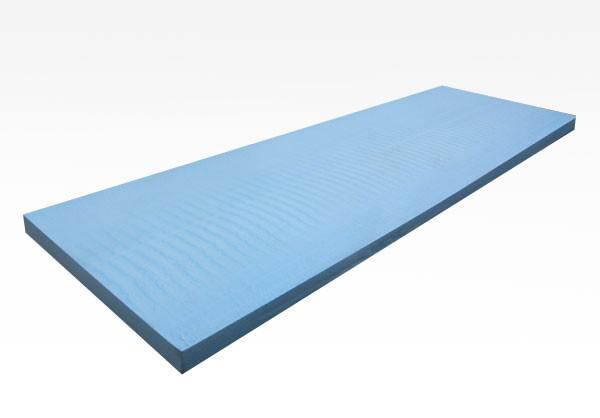Good overall performance: lightweight, good thermal insulation properties, no hollowing or cracking, strong adhesion, good bonding, and the system itself has a relatively high strength. After taking appropriate strengthening measures, it can meet the requirements of various finishes such as coatings and ceramic tiles.
II. Construction method of inorganic active thermal insulation mortar: 1. The surface of the base layer should be free of dust, oil stains, and debris that may affect bonding performance.
2. In hot weather or when the base layer is dry and has a large water absorption capacity, wet the base layer with water, ensuring that the inside is moist while the outside is dry, and that there is no free water on the surface.
3. Stir the special interface agent for the insulation system evenly according to a water-to-cement ratio of 1:4, apply it to the base layer, and comb it into a serrated shape with a thickness of about 3mm, or use a spraying method as well.
4. Mix the insulation mortar into a slurry according to a water-to-cement ratio of 1:1, ensuring it is evenly mixed without lumps.
5. Apply the insulation mortar according to energy-saving requirements, with applications over 2cm being done in layers, and the interval between two layers should be more than 24 hours; a spraying method can also be used.
6. Apply crack-resistant mortar on top of the insulation mortar with a thickness of 2mm.
7. Attach alkali-resistant mesh cloth to the surface of the crack-resistant mortar.
8. After that, apply another layer of crack-resistant mortar with a thickness of 2-3mm on the alkali-resistant mesh cloth.
9. After completing the protective layer, cure it for 2-3 days (depending on the temperature) before proceeding with the subsequent finishing layer construction.













